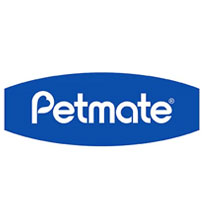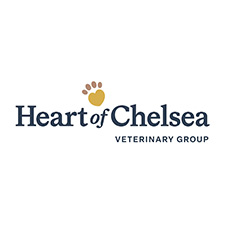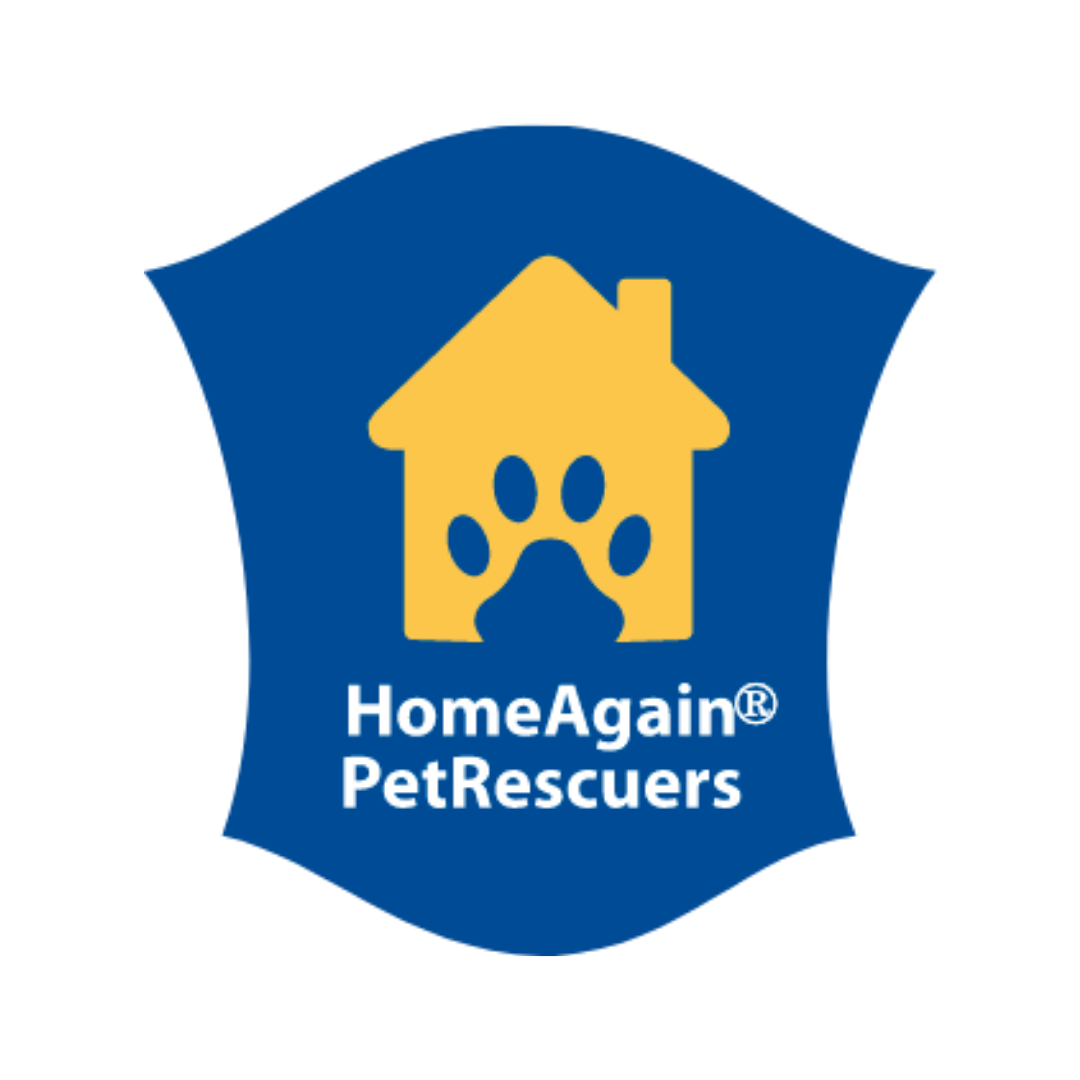Preventing a Crisis for a Veterinary Practice in Central New York State

Preventing a Crisis for a Veterinary Practice in Central New York State
Rosica Communications, a crisis communications agency, was contacted by a leading veterinary practice in New York State that was facing a potentially volatile reputational challenge. After a distraught pet owner, unable to afford euthanasia services for their terminally ill pet, left their pet at the vet’s office in anguish, the situation quickly escalated. The individual took to social media and aired their grievances. This person also organized a protest, placing the hospital’s reputation and its team’s morale at risk.
Managing Crises Through Leveraging Advocates
Rosica Communications, a crisis communications agency, was contacted by a leading veterinary practice in New York State that was facing a potentially volatile reputational challenge. After a distraught pet owner, unable to afford euthanasia services for their terminally ill pet, left their pet at the vet’s office in anguish, the situation quickly escalated. The individual took to social media and aired their grievances. This person also organized a protest, placing the hospital’s reputation and its team’s morale at risk.
Rosica swiftly intervened and gathered all the facts about the incident to create a balanced, empathetic communications strategy. We established a communications cascade for media and public inquiries and developed internal messaging and instructions for the hospital’s stakeholders and employees. We also crafted a fact sheet that explained precisely what happened along with our recommendations on things the practice can do differently in the future to deescalate similar crises. Finally, we rallied advocates, including happy customers and influential community members who support the clinic, to attend the protest.
Our crisis communications PR firm drafted a direct strategic response to the pet owner’s demands, which they had posted on three social media channels. Practically all of these demands were protocols the veterinary practice already followed, and this response became a powerful communications tool. The one demand that was not already part of the clinic’s prior operations, the concept to establish a nonprofit fund to assist pet owners facing end-of-life care costs who cannot afford the service, was fully embraced by the practice as a necessary additional protocol.
The result was unequivocally in favor of this caring veterinary practice. The advocates, who quietly, peacefully, and empathetically attended to bring a balanced perspective, outnumbered the protestors three to one. (They were instructed not to argue or provoke the demonstrators; rather, they were just there to support the practice.) In addition, no media stories were published or aired and the messaging Rosica developed was well received by all due to the compassionate, transparent nature of the communiques.
Through crisis management, stakeholder communications, and a compassionate public relations approach, Rosica helped the veterinary practice navigate an emotionally charged situation with sensitivity and professionalism. This approach protected its reputation, reinforced employee confidence, and fostered goodwill in the community.








